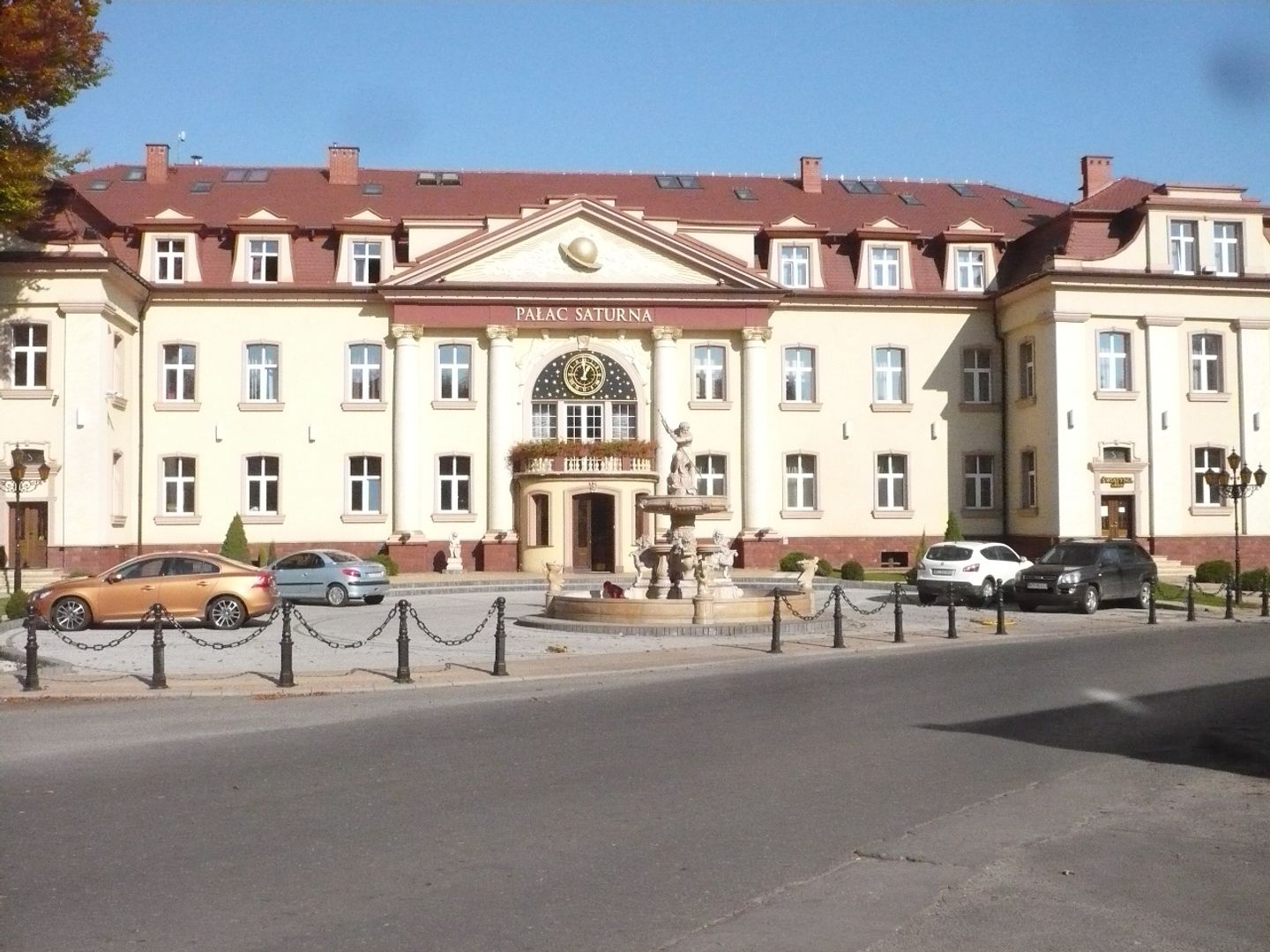Saturn Coal Mine
6.36

Overview
The Saturn Coal Mine, operating in Czeladź from 1887 to 1997, is a significant part of the industrial heritage of Upper Silesia. Commonly known as the "Red Guard" since 1950, the mine was built on the grounds of a parsonage farm. In 1869, Warsaw lawyer Ludwik Kozłowski began coal exploration, which later passed into the hands of Prince Christian Hohenlohe, and then in 1899 to a consortium of investors from Łódź, leading to the establishment of the Saturn Mining and Industrial Joint Stock Company. The mine gained renown thanks to modern technical solutions, such as the electrification of machinery and the construction of a railway siding. By World War I, it had achieved significant output, with numerous investments in infrastructure for workers, including houses, schools, and a "People's House." After the war, management was taken over by Alfred Biedermann. In the 1970s, the mine underwent a series of organizational changes, and in the 1990s, it witnessed liquidation, ceasing operations in 1998. Today, the former mine has become an important tourist attraction as the "Elektrownia" Contemporary Art Gallery, showcasing evidence of historical technological transformations, including preserved steam and electric machinery. In the lower sections of the former mine buildings, there is the "Pałac Saturn" hotel and conference center and the "Termy Rzymskie" sauna and pool complex. In 2023, the revitalization of the pay office was completed, with plans to establish the Zagłębie Coal Mining Museum and an indoor swimming pool in the adjacent building. To commemorate the Łódź industrialists, nearby streets were named after Karol Scheibler and Alfred Biedermann. The Saturn Mine combines a rich historical context, architectural achievements, and contemporary cultural initiatives, contributing to the region's heritage.
Location
You can also find here:
2025 Wizytor | All Rights Reserved
